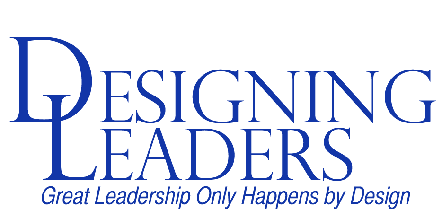What’s In a Number?
People often say “age is just a number,” but these days, some of those numbers are getting farther and farther apart.
For years now we have had 4 generations active in the workforce. The World War II generation has largely retired, but you will still see some of the youngest ones working. The Baby Boomers are still around in large numbers, and the expected wave of retirements has not really materialized yet, though HR leaders are planning for it. Gen X continues to rise into leadership positions (and, in many cases, spent the last decade starting their own businesses), and the Millennials are still pouring in. The 4-generation spread is a bit unusual, but lifespans continue to increase, people continue to work, and in some places (especially across Asia) a drop in birth rates has meant the labor force is shrinking even when business needs are growing. So companies are inclined to hire older people, especially in the service sector (the number of grandmothers working at McDonald’s in Singapore, for example, may astound a visiting American). If people do not have to stop working or if they gain little benefit from retiring, their incentive to keep working may still keep them active.
We are beginning to see a 5-generation spread. Whether you call them “Gen Z” or “NetGen” or something else, the post-Millennial generation is starting to graduate from school and enter the workforce. Are you ready, not only to manage the challenges of such an age-diverse talent pool, but also to take advantage of the opportunities it brings? How can you shape, and make the best use of, an organizational culture comprising all these different views and values?
We often think of our most creative and innovative employees as being young, because there is a perception that only young people can come up with new ideas. That’s a false assumption, though; creativity and innovation are determined by one’s brain, and outlook, and desires, not by a birth certificate. Smart organizations realize that “diversity” includes age diversity, and they incorporate the best every generation has to offer. Older workers have experience and corporate knowledge that can help you identify new opportunities, while new workers may not know what “cannot” be done, and therefore try plenty of fresh ideas. And of course, it is important not to stereotype based on age; an 80-year old can be open to new ways of thinking while a 20-year old can be stuck in a rut. Your goal is to get the best people regardless of age, and not limit your recruiting pool by focusing on only one or two generations that you think will be creative.
Having said that, managing different generations still requires an understanding of perspectives and attitudes that may be more prevalent in different age groups. Your older employees have experienced certain styles of work that are evolving; while these may be “status quo” for people just coming into the workforce, they represent a change for older workers, and change presents challenges that need to be addressed. Older workers may be more concerned with benefits such as health care for their families while younger workers focus on training opportunities in their new career. Older workers may be comfortable at the level where they are working while new employees may seek new opportunities for growth and advancement.
Managing multiple generations requires understanding multiple generations. It also requires moving beyond stereotypes and understanding the needs and abilities of each employee. Generalizations are helpful in identifying likely expectations they have and benefits they can confer, so it’s important to understand them, but that still does not replace knowing what each of your employees brings and what they need in order to perform at their best. It might be tough to pin down the differences between generations, but if you at least remember that there are likely to be some differences, and you are prepared for them, you will be ahead of the game.
- Posted by
 Designing Leaders
Designing Leaders - Posted in Culture
 Nov, 12, 2018
Nov, 12, 2018 Comments Off on What’s In a Number?
Comments Off on What’s In a Number?
Categories
- Book Reviews
- Change
- Communication
- COVID-19
- Creativity & Innovation
- Culture
- Diversity & Inclusion
- Employee Development
- Ethics
- Free Agents
- Health and Balance
- Leader Development
- Leading
- Management
- New Leaders
- Planning
- Recruiting and Retention
- Uncategorized
Archives
- August 2020
- July 2020
- June 2020
- October 2019
- September 2019
- August 2019
- July 2019
- June 2019
- May 2019
- March 2019
- February 2019
- January 2019
- December 2018
- November 2018
- October 2018
- September 2018
- August 2018
- July 2018
- June 2018
- May 2018
- April 2018
- March 2018
- February 2018
- January 2018
- December 2017
- November 2017
- October 2017
- September 2017
- August 2017
- July 2017
- June 2017
- May 2017
- April 2017
- March 2017
- February 2017
- January 2017
- December 2016
- November 2016
- October 2016
- September 2016
- August 2016
- July 2016
- June 2016
- May 2016
- April 2016
- March 2016
- February 2016
- January 2016
- December 2015
- November 2015
- October 2015
- September 2015
- August 2015
- July 2015
- June 2015
- May 2015
- April 2015
- March 2015
- February 2015
- January 2015
- December 2014
- November 2014
- October 2014


 Nov, 12, 2018
Nov, 12, 2018